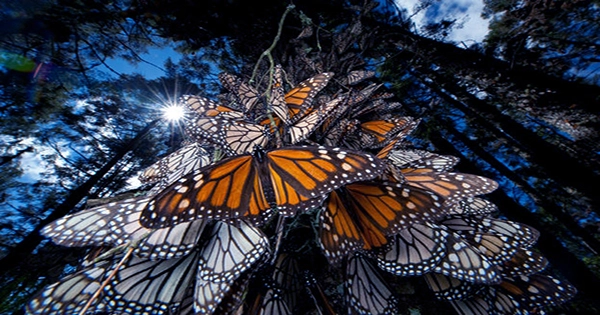Despite popular worries that monarch butterfly numbers were in serious peril, the broadest and most extensive examination of breeding monarch butterfly populations to date has discovered that these insects are really doing very well for themselves. Monarch butterflies are now the most common butterfly in North America, with a constant summer population over the previous quarter-century. Smashing! In a release, Andy Davis, corresponding author of the study and an assistant research scientist in UGA’s Odum School of Ecology, said, “There’s this idea out there that monarch populations are in grave straits, but we discovered that’s not at all the case.”
“It goes against popular belief, but we discovered that they’re doing fairly well.” Monarch butterflies are one of the most common butterflies in North America.” This unusual bit of good news comes despite experts’ concerns that declining numbers in winter colonies were a sign that monarch butterflies were vanishing like flies. Summer population statistics, on the other hand, appears to show no change over the previous 25 years, giving a far more favorable image.
With a round-trip journey of roughly 8,000 kilometers, monarch butterflies are the only butterfly species known to perform an annual two-way migration like birds (5,000 miles). The inhabitants of North America are separated between east and west, with each migrating to Mexico’s Sierra Madre Mountains and California’s Sierra Madre Mountains, respectively (check out this awesome footage of monarch swarms). They run the danger of being lost, being eaten, or succumbing to shifting climatic and environmental circumstances on such a long voyage. However, the authors of a recent study (published in Global Change Biology) anticipate that a summer surge in numbers will compensate for the losses.
So, a victory for one of Earth’s most amazing winged migrators – but the authors of the current study warn that, while this is reason to rejoice, we must not get complacent. Monarch butterflies may be doing better than predicted, but there are plenty of reasons to be worried about other insects. “There are some once-common butterfly species that are now endangered,” said William Snyder, co-author of the study and a professor at the University of Georgia’s College of Agricultural and Environmental Sciences.
“Instead, monarchs are getting a lot of attention, and they appear to be in terrific form.” It appears to be a squandered chance. We don’t want to convey the impression that insect conservation isn’t a priority; it is. It’s simply that this one bug might not be in quite as much trouble as we anticipated.”















